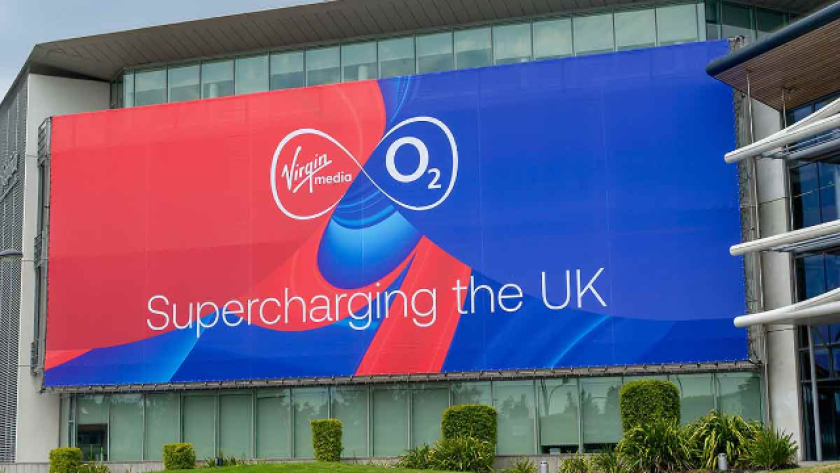In what is a first for the UK, VMO2 trialled this by bringing together its fixed infrastructure with new smart poles, which could help boost mobile coverage in local areas across the UK.
The innovation trial was delivered in collaboration with VMO2 shareholder Liberty Global and has seen new smart poles installed beside the operator’s existing national fibre network cabinets.
The poles are smaller than traditional mobile phone masts and do not require planning permission. They can be installed in less than a data and house small cell technology which can boost mobile coverage in busy areas.
A ‘groundbreaking trial’
Jeanie York, chief technology officer at VMO2 said: "As we continue investing to upgrade and expand our network, we’re always looking for new ways to work smarter and deliver more for our customers.
“Groundbreaking trials like this can help boost mobile coverage and bring next-generation services to even more customers.
“The ability to use our existing national fixed network to backhaul and power small cells could be transformational - helping us save time and money, open up new revenue streams, support smart city technology and fully leverage the benefits of our scaled converged network.”
The electricity is supplied by Virgin Media’s fibre network rather than traditional power supply through ‘digital electricity’ technology which transmits power from on-street cabinets in the local area along fibre-optic cables.
The same fixed fibre network is also used to carry data to and from the mobile cells and the internet.
Small cells housed at the top of the pole add capacity to the local mobile network, reducing congestion and improving services for users.
VMO2 says it is already leading the way on small cell rollout and the technology is allowing the company to accelerate its customer-centric network rollout in a more environmentally friendly way while boosting mobile capacity in dense urban areas where it is needed most.
The current process of deploying mobile infrastructure can be time-consuming as it typically involves obtaining planning permission for new or upgraded infrastructure, installing radio equipment, and connecting sites to the power network, before establishing fibre connections to carry mobile traffic to the internet.
With this trial, VMO2 has demonstrated how it can leverage its converged network by installing new small cells to boost mobile capacity and connecting them to Virgin Media’s traditional fixed fibre network.
This reduces cost and complexity by negating the need for separate backhaul connections or dedicated electricity supply and can help avoid a potentially time-consuming planning process.





